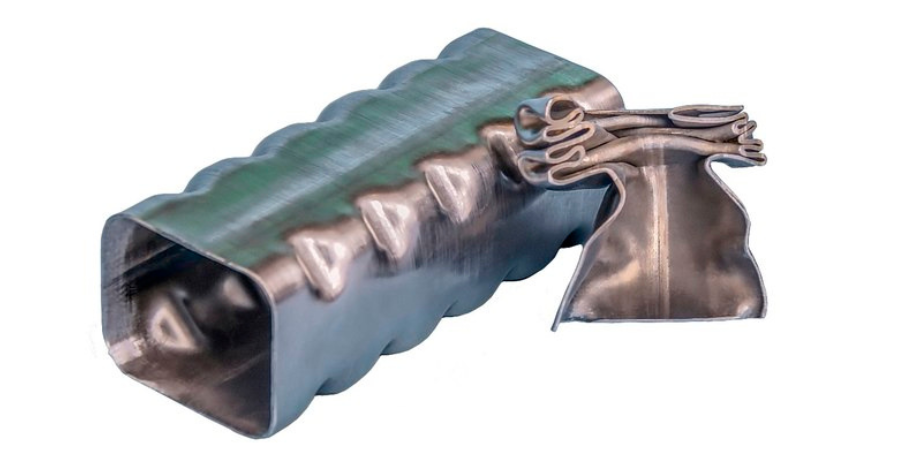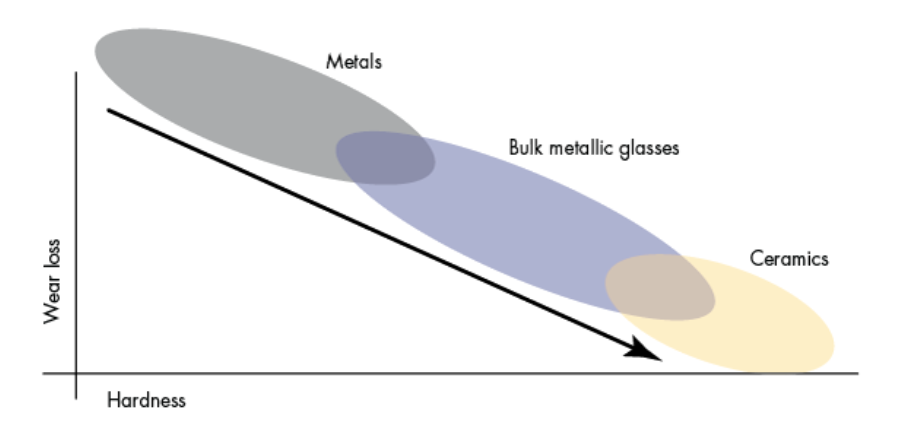Messier Bugatti Adds Jobs, Possible Heat Treat Near Cincinnati
[Best of the Web] Source: Cincinnati Business Courier
An aircraft parts manufacturer is planning to expand its operations in Greater Cincinnati with a more than $150 million investment.
Messier-Bugatti USA LLC is planning to expand its facility in Walton and add 84 jobs there to meet increasing demand, according to a report from the Kentucky Economic Development Finance Authority.
The $150,333,000 project would include a nearly $92 million investment in building and improvements and nearly $59 million invested in equipment.
It received preliminary approval from the KEDFA board on Thursday for tax incentives through the Kentucky Business Investment Program and the Kentucky Enterprise Initiative Act to fulfill those plans. In turn it will be required to maintain a base employment of 285 for 10 years.
The jobs created as a result of the project will be added over the next 10 years with a $35 hourly wage.
This will be the seventh expansion of the company’s local facility since it opened in 1999, with the most recent one completed in 2013.
Messier-Bugatti-Dowty makes aircraft landing and braking systems. It is part of France’s Safran Group. Safran is also the parent of Snecma, a partner with GE Aviation in the Evendale-based aircraft engine joint venture CFM International Inc.
An expansion of Northern Kentucky’s FedEx hub also received approval for a bond agreement from KEDFA on Thursday.
Messier Bugatti Adds Jobs, Possible Heat Treat Near Cincinnati Read More »









 [Best of the Web] Source:
[Best of the Web] Source: 


